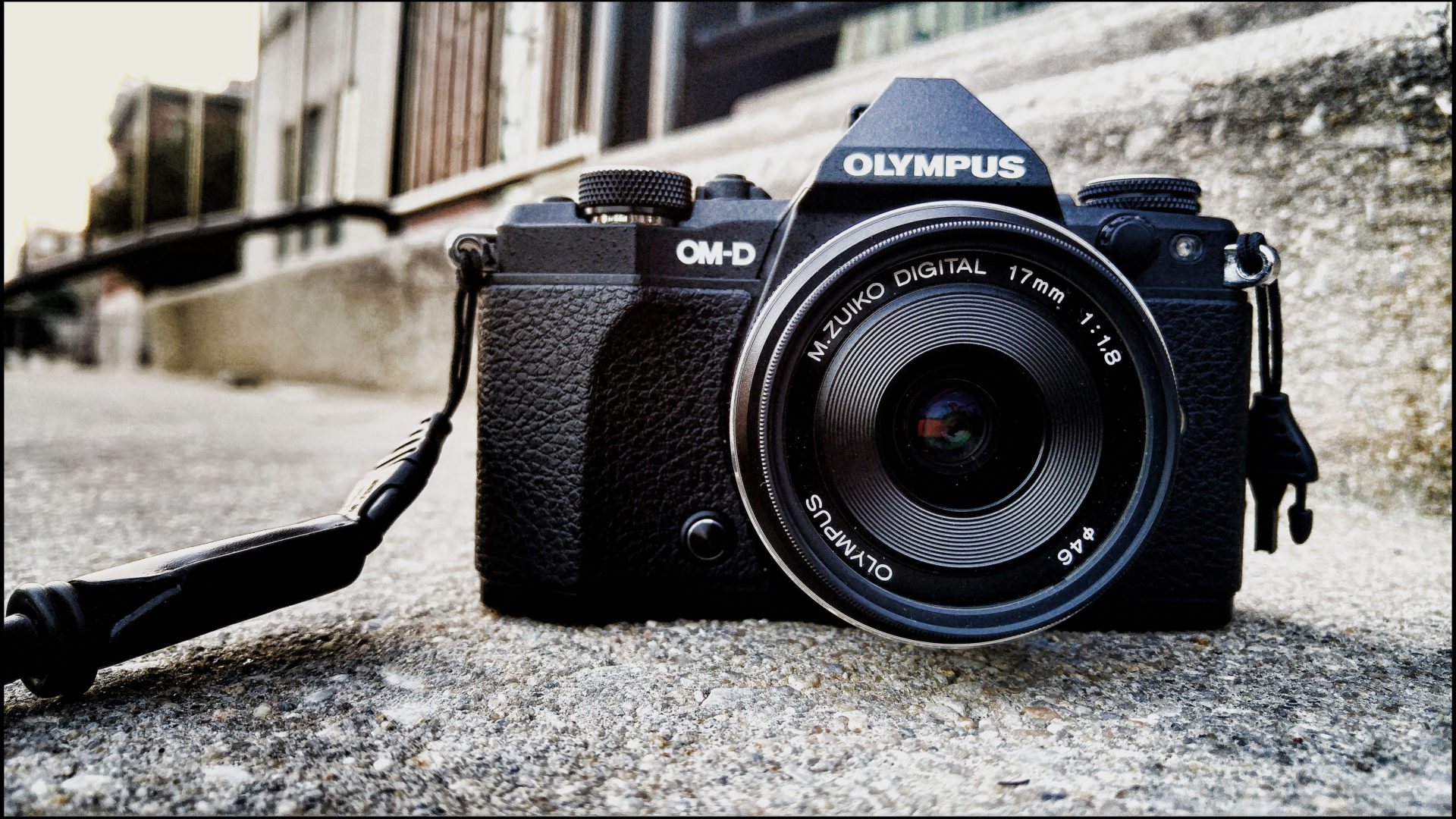When disaster strikes - in Rowlett, TX, or Moore, OK, or Haiti or Sri Lanka… people ask great questions: How can I help? What can I do to assist folks who’ve lost loved ones, homes, businesses, etc.? How can I get there - wherever there is - as quickly as possible and help out?
The proper response to all these questions often is not what folks expect to hear - because for most of us the right answer is pray and wait. Wait a few days or weeks, because the real needs will come after the initial deluge of assistance (both goods and services). The first hours and days may receive the most publicity, but ironically those days are rarely when assistance is most needed by people like you and me.
A better way of saying this might be: Wait, because the victims will need you a lot more when the cameras leave.
Are you needed now?
You see, because of technology and media we all see the many needs resulting from a disaster immediately after it occurs. Tornadoes and hurricanes leave behind devastated homes, businesses, and schools across wide areas. Those are powerful images to process, and for many of us it feels like a call to action. And for some folks the time to act truly is right then, immediately after the crisis hits.
But not for all of us.
In disasters, as in medical care, it's vital to understand whose skills are needed at particular times and for particular treatments. For instance, one set of medical professionals work in the field on the ambulance. Another set is in the ER at a hospital. And finally there are medical providers who invest in the patient over the long haul.
Disaster response is much the same. Some folks' unique skills warrant immediately responding to the crises. These may include utility workers, law enforcement, medial providers, fire and rescue, mobile food services, small numbers of trained pastors or lay people to help grieving victims, trained disaster relief organization teams, or anyone else who can meet needs that exist in the immediate aftermath of a natural or man-made disaster.
So when can I help?
But what about the rest of us? Our emotions are stirred by the scenes of devastation we see, but our abilities and resources aren't needed now but later. If that's the case, then how can we best respond “once the cameras are gone”?
Here is a timeline of sorts to help you answer that question:
- The phase of response for disasters is Rescue, Relief, Recovery, & Development.
- Rescue and Relief in and around the disaster site are best provided by individuals and organizations with special skills or supplies (as described above).
- In the Rescue and early Relief stages, absent a personal connection to a victim, most folks can best help by supporting organizations like Samaritan's Purse, World Relief, Texas Baptist Men, or a local church - in other words, trusted organizations that are working in the disaster zone. Support might look like volunteering with these organizations, but the best support often comes from providing supplies or financial resources.
- Over time, the later Relief stage and then the Recovery stage take place. In these phases - long after the cameras are gone - there are myriad opportunities to respond to the disaster on the ground. These can include deeper pastoral care, demolition and construction, moving and storing belongings, or short-term provision of food, water, and temporary shelter. This too is best done through a personal relationship with someone in need or through an organization or church working on the ground who is coordinating relief and recovery efforts.
- In the Development phase, people's livelihoods, quality of life, and access to education and health care become priorities. At this point, a deeper commitment to the long-term conditions of a community are the focus. So volunteering in this phase means investing time, talents, and treasures long-term in the community you are seeking to serve.
Providing the Best Care
A disaster of any kind is an opportunity for God’s people to show victims that our God is good, trustworthy, and loving. Those ideals are best shown by an appropriate response to the disaster. And what makes for the best, most loving response? When our service is focused on what will best care for those who are hurting, not what will make us feel good about what we tried to do.
The above list contains guidelines to consider (not rules to follow), but we would urge you to consider them before you respond to the next disaster.
To learn more about serving and External Focus principles visit watermark.org/blog/external-focus for our weekly blog!
Photo Credit: raymondclarkeimages via Compfightcc
